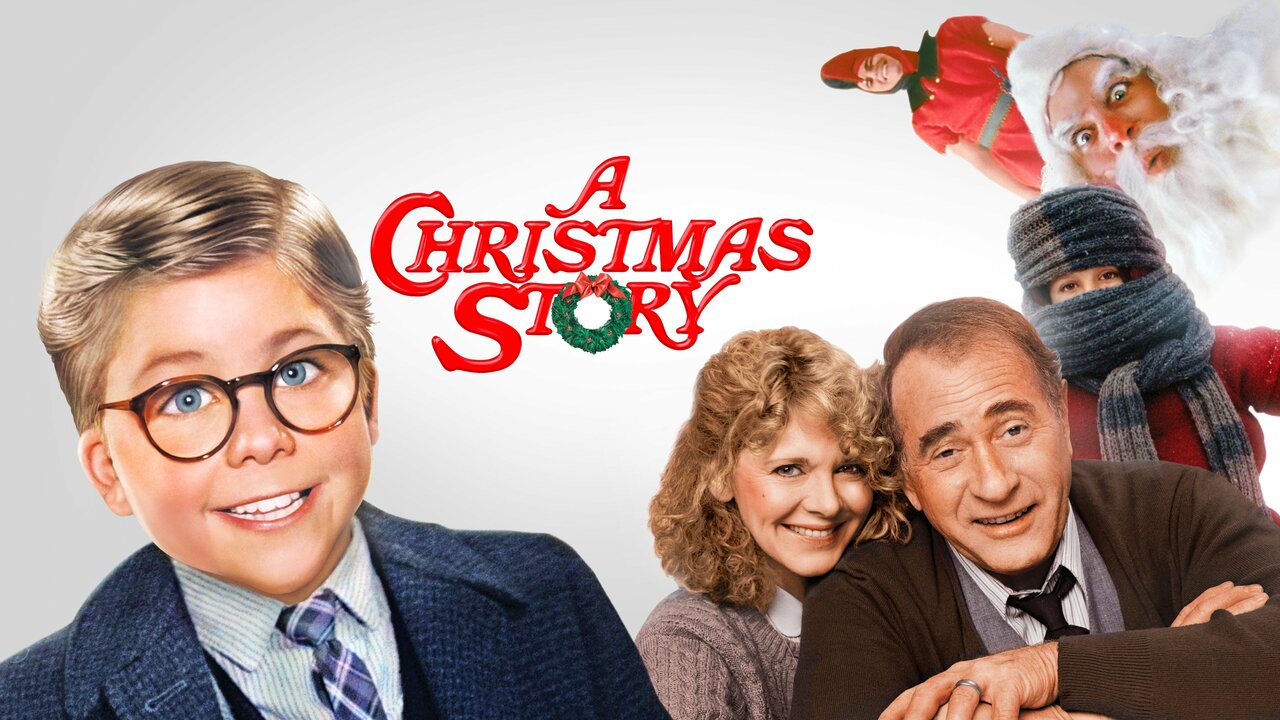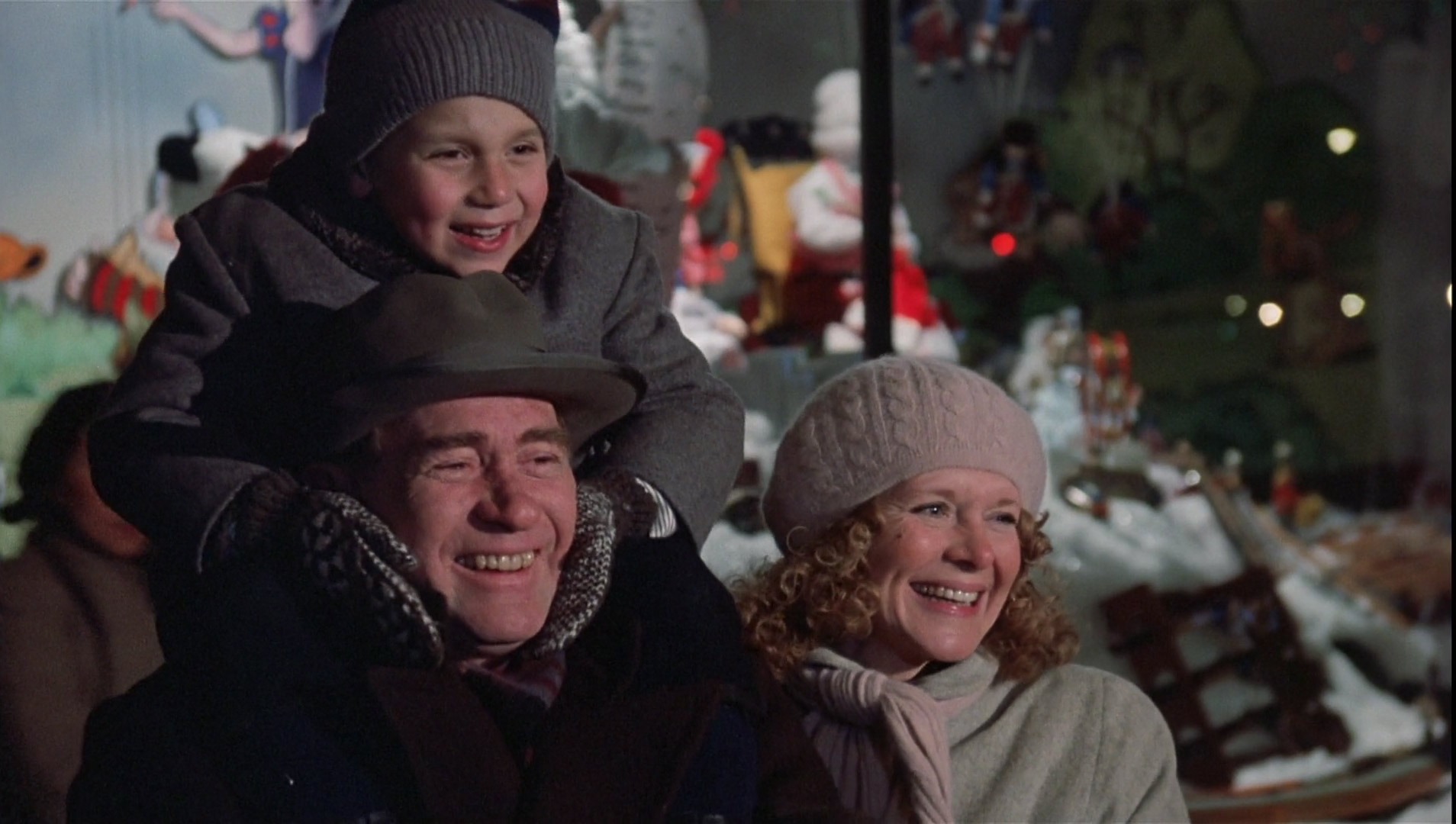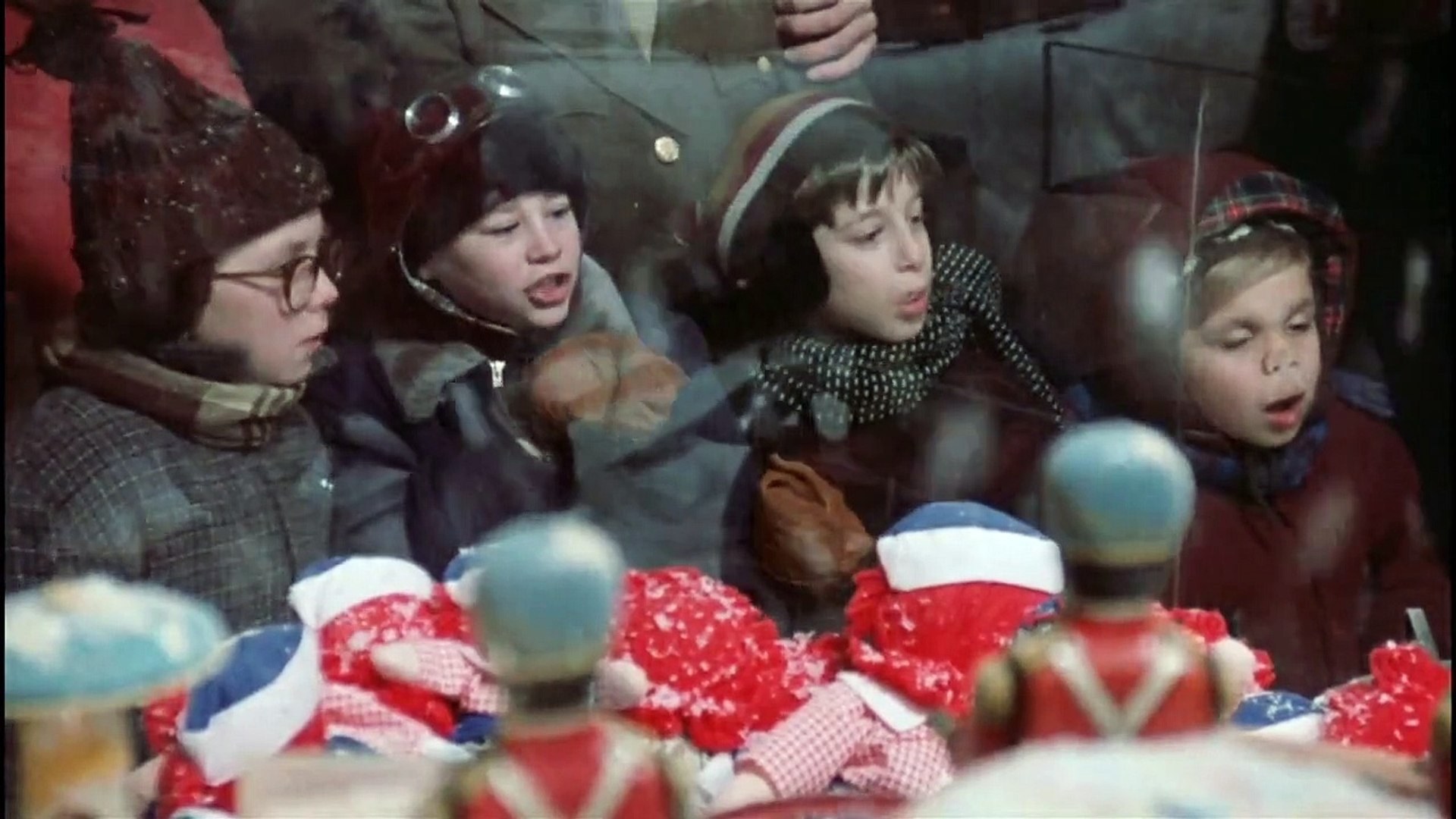A Christmas Story (1983)

A Christmas Story (1983), directed by Bob Clark, is a beloved holiday comedy that has become a staple of Christmas movie marathons across the globe. Based on Jean Shepherd’s semi-autobiographical writings, In God We Trust: All Other Pay Cash (1966), with additional elements from Wanda Hickey’s Night of Golden Memories and Other Disasters (1971), the film offers a humorous and nostalgic look at Christmas from the perspective of a young boy named Ralphie Parker. Set in the 1940s, the story follows Ralphie’s quest to receive a Red Ryder BB gun for Christmas, despite being repeatedly told that he will “shoot his eye out.” Filled with memorable characters, iconic moments, and a healthy dose of holiday cheer, A Christmas Story is a timeless classic that resonates with audiences of all ages.
At the heart of A Christmas Story is Ralphie Parker, played by Peter Billingsley, whose charm and earnestness make him an unforgettable protagonist. The film is structured as a series of humorous vignettes, with Ralphie narrating his childhood memories of the Christmas season, filled with both joy and frustration. His primary desire is to receive a Red Ryder BB gun, a gift that he believes will fulfill all his dreams. However, everyone around him—his parents, his teacher, and even Santa Claus—warns him against such a dangerous gift, leading to a series of comedic moments where Ralphie tries to convince others of his readiness for the BB gun. Ralphie’s unwavering determination, paired with his exaggerated fantasies of heroism, adds both humor and heart to the story, making him a relatable figure for anyone who has ever wanted something desperately.
The film’s portrayal of family life in the 1940s is another standout feature. Ralphie’s family is quirky yet loving, with each member contributing to the film’s comedic and emotional moments. His father, referred to as “The Old Man” (played by Darren McGavin), is a blustery and gruff figure, obsessed with his “major award”—a lamp shaped like a woman’s leg, which has become one of the film’s most iconic symbols. His mother (Melinda Dillon), on the other hand, is warm, nurturing, and somewhat overprotective, providing a grounding force for the chaos that surrounds the family. The relationships between the family members are portrayed with warmth and authenticity, capturing the humorous yet loving dynamics that characterize many households during the holiday season.
The film’s setting in a small, midwestern town during the 1940s adds a layer of nostalgia that further enhances its charm. The wintertime backdrop—snow-covered streets, festive decorations, and the bustling preparations for Christmas—creates a picturesque and cozy atmosphere. The attention to period detail, from the costumes to the cars, adds an extra layer of authenticity, transporting viewers to a time when Christmas was celebrated in a simpler, more innocent way. This setting allows the film to tap into universal themes of family, tradition, and childhood innocence, making it a story that resonates across generations. The town itself, while not a central character, feels like a living, breathing part of the narrative, with its own quirks and charm.
One of the most enduring elements of A Christmas Story is its series of comedic set pieces, each of which has become iconic in its own right. From Ralphie’s disastrous encounter with the mall Santa Claus, who rudely dismisses him with a “Ho, ho, ho!” to his comical attempts to keep his little brother Randy (Ian Petrella) from freezing in his over-the-top winter gear, the film is filled with hilarious and often absurd moments. One of the most memorable scenes involves Ralphie’s attempt to get his hands on a secret decoder ring, which leads to an anticlimactic, yet funny, reveal of a “message” that turns out to be an advertisement for a product. These moments, along with Ralphie’s overactive imagination and daydreams of becoming a hero, contribute to the film’s blend of slapstick humor and fantasy, making it both relatable and wonderfully absurd.

The humor in A Christmas Story is sharp, but it also carries an underlying sense of warmth and sentimentality. Although the film is full of laughs, it also captures the true spirit of the holiday season—family, tradition, and love. One of the most touching aspects of the film is its ability to highlight the challenges and joys of childhood, especially during Christmas. Ralphie’s desires, his family’s quirks, and the chaotic holiday season all come together to create a heartfelt celebration of life’s little moments. The film’s closing scene, where Ralphie finally gets his coveted BB gun, is both triumphant and deeply satisfying, as it encapsulates the joy and anticipation that come with childhood Christmas memories. It’s a moment of fulfillment that resonates on a universal level, reminding us all of the simple pleasures that make the holiday season special.

In conclusion, A Christmas Story (1983) is a holiday classic that has earned its place in the hearts of audiences for its perfect blend of humor, nostalgia, and heartfelt moments. Directed by Bob Clark and based on the writings of Jean Shepherd, the film tells the charming and hilarious story of Ralphie Parker’s Christmas wishes and his quest for a Red Ryder BB gun. With memorable performances, a nostalgic setting, and plenty of comedic moments, the film captures the spirit of the holiday season while reflecting on the universal experiences of childhood. A Christmas Story continues to be a beloved part of Christmas traditions, reminding us all of the magic, joy, and laughter that come with this special time of year. Whether watching it for the first time or the hundredth, the film remains a heartwarming, funny, and timeless tribute to the joys and challenges of Christmas.











